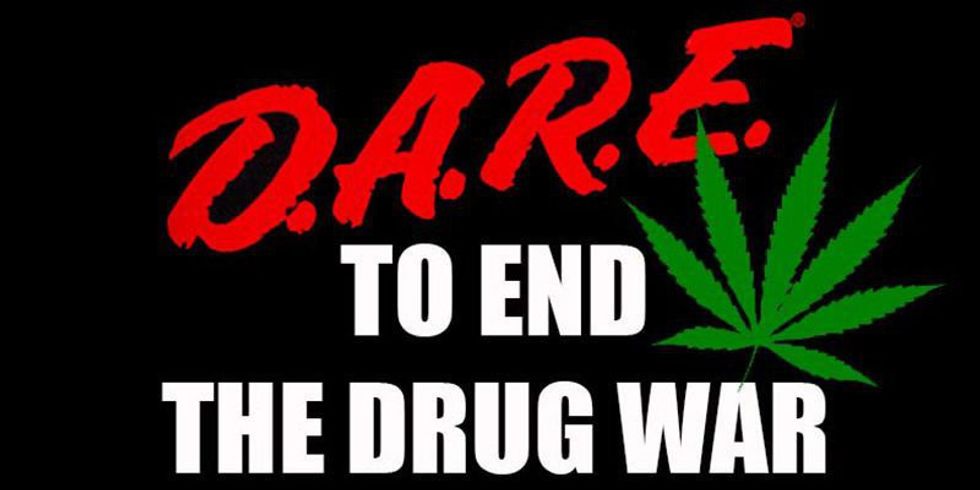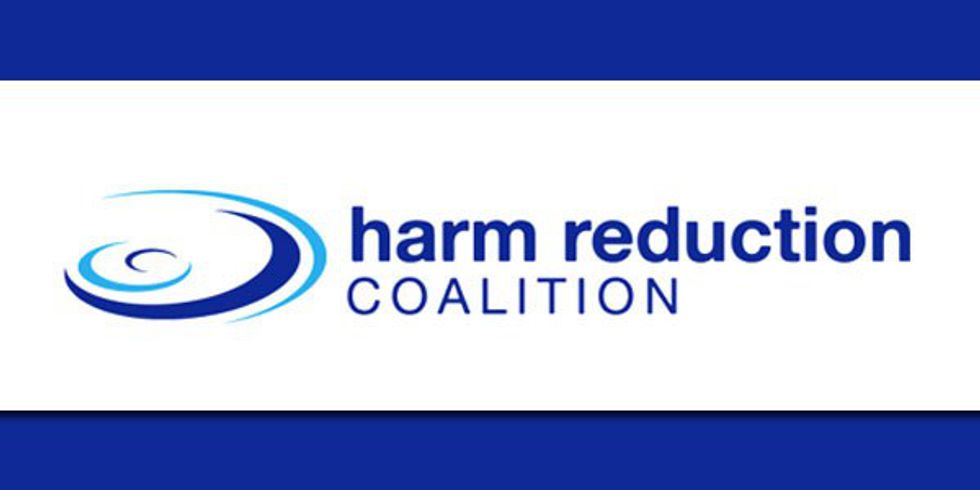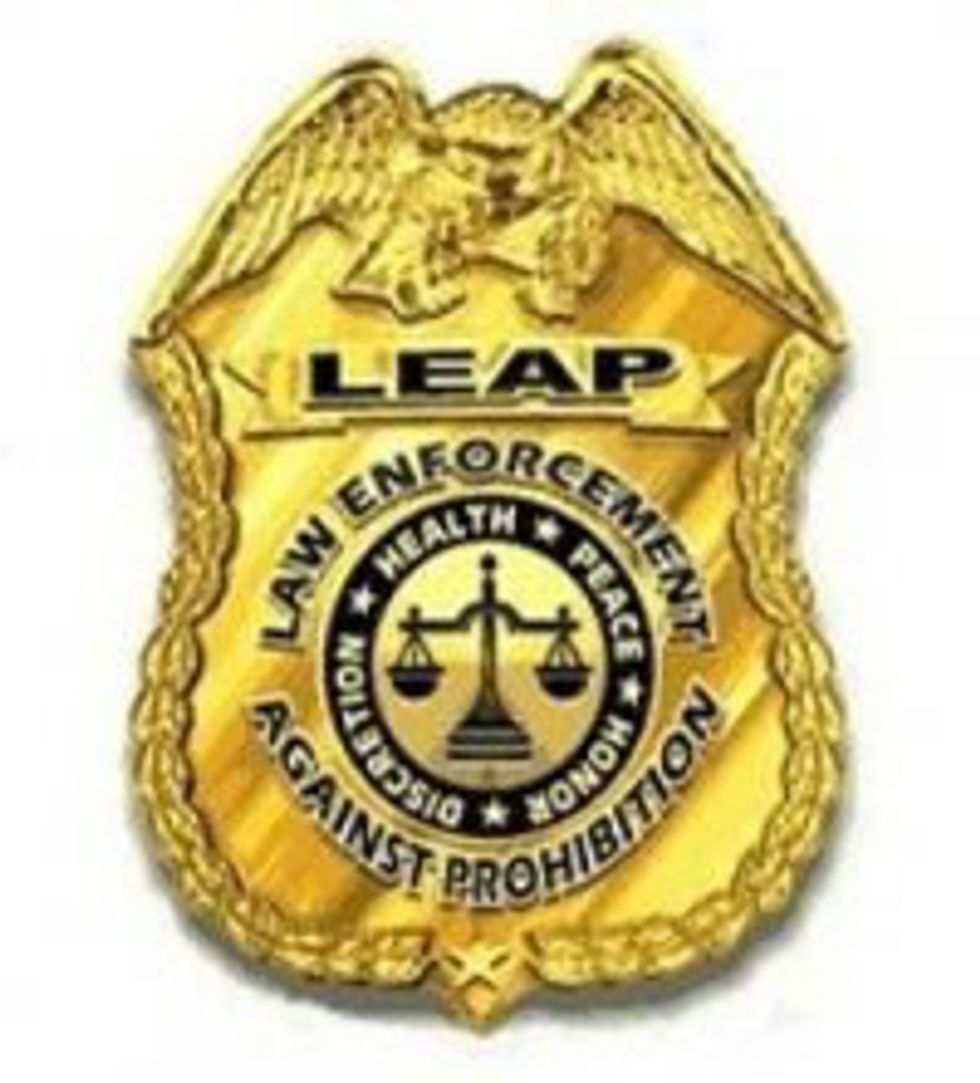My last article touched on harm reduction techniques for ingesting K2. But, what exactly is harm reduction? Break it down. Harm is hurt in physical, emotional, and spiritual form. Reduction is to reduce or lessen. According to United Nations Office on Drugs and Crime, harm reduction is the strategies and approaches to reduce the negative consequences (harm) of drug abuse.
It's not Mr. Mackey's catchphrase from South Park "drugs are bad mmmmkay". It's not D.A.R.E's "just say no." It's not even the 23 percent of U.S. Sex. Ed programs teaching abstinence only. Instead of trying to get the person stop doing the risky behavior, you try to make sure they stay safe doing it. In my case, people doing drugs.
Why should we implement harm reduction? A man named Roizen in 1979 put together four area of a drug users life, that may experience harm due to the drug use. It's called the "4 Ls." The first category is Liver. Meaning, any psychical or psychological harm - cirrhosis, cancer, depression, or accidental harm. The second is Love, and encapsulates all your close relations, such as your lover or friends. The third is Livelihood. This is everything to do with your professional and non-professional life. Calling out of work, or losing interest in hobbies falls into that. The last, and the most harmful, is Law. All of these areas can be affected by drug use, but just telling someone to not do them, does little to nothing. We need to help people reduce the harm in each areas.
Harm reduction in the U.S seems to have galvanized in the 1980s, taking on the Liver aspect of Roizen's "4 Ls". Grassroots activists set us syringe exchange programs in New York City, to combat HIV. It was a peer-to-peer education right on the street corners. Of course, doing this was an act of protest and civil-disobedience. Our "just say so" attitude and laws tried to curb heroin use, by making the needles paraphernalia. Not exactly logical. But, HIV was not a worry, or at least the focus. Drug users and sellers where viewed as the big problem, letting the War on Drugs escalate into the 1990s.
It was in the early 1990's that a group called the Harm Reduction Working Group formed. As a think-tank, they tasked themselves with figuring out how to reduce HIV, and Hepatitis C in American. They brought together many of the smaller syringe exchange groups, drug policy activists, and AIDs service providers. Understanding the harms of the War on Drugs, they believed in an individuals right to health and their capacity to be healthy. They eventually went on to create the Harm Reduction Coalition, which is still around today, acting as the Groups political arm.
Today, many people consider the Four Pillar Approach to harm reduction the go-to model. It's a spin on the "4 Ls." From what I've found, it's originated in Vancouver in 2000. It was in the cities new drug strategy that the Mayor release. They are Prevention, Treatment, Harm Reduction, and Enforcement. It's a public health approach that puts people livelihood first. To my own excitement, recently in Ithica, New York, Mayor Myrick adopted the 4-Pillars, in his new approach to combat our growing opioid addiction problem. They are a simple way of breaking down a complex problem.
Prevention is the educational side. It's educating people about the dangers of drug use, and building awareness about abuse and addiction. There are major calls to take an evidence based approach, and ditch the D.A.R.E formula.
Treatment coalesces with harm reduction. But, this is the group of intervention and support programs. Everything from detox, counseling, housing, and life skill programs.
Harm reduction is everything we've talked about. Meeting people where they are to help decrease the negative consequences of drug use. This makes public and societal health the focus of this pillar.
Enforcement is the 4th pillar. While this is the branch that makes most drug reform advocates cringe, it's a pillar that must be collaborated with. Police can be our greatest allies. They are first responders, and are out talking to, and unfortunately arresting many at-risk drug users. Most drugs are illegal. But, there's hope for them. Many are throwing away the notions of the drug war. Take this awesome police chief from Massachusetts, Leonardo Campenello. Instead of locking people up, anyone who's willing to bring their stash and paraphernalia will be given an "Angel." This person will help guide them through recovery and supported by the Treatment Pillar.
OK, we get it. Harm reduction can help save lives. But, why should I care? Because, in 2014 2,300 people died from overdose alone, according to the CDC. One state, of 50. Anyone of those could be a dear friend, family member, or your lover. So, while the propaganda has taught us that tough love for addicts is the best remedy, we are discovering the opposite. The cost of a life is huge. It impacts the family, the community and society, as we carry the monetary and emotional burdens. It's essential that we take a health based approach towards life. #alllivesmatter right? It's only way we can start to heal the damage done from our endless war.
P.S. - I'm sorry to all the black and brown people during the crack epidemic. It's taken dead white faces to created the health approach. I just hope we can repair and rebuild.
Sources
https://www.unodc.org/ddt-training/treatment/VOLUM...
http://abcnews.go.com/Health/story?id=117935
http://donaldmacpherson.ca/wp-content/uploads/2010...
http://donaldmacpherson.ca/wp-content/uploads/2010...
http://www.markhaden.com/publications/Haden-Evolut...
http://www.alangreig.net/text/harm-reduction-in-th...
http://www.cityofithaca.org/documentcenter/view/42...











 The minimum wage is not a living wage.
StableDiffusion
The minimum wage is not a living wage.
StableDiffusion
 influential nations
StableDiffusion
influential nations
StableDiffusion












